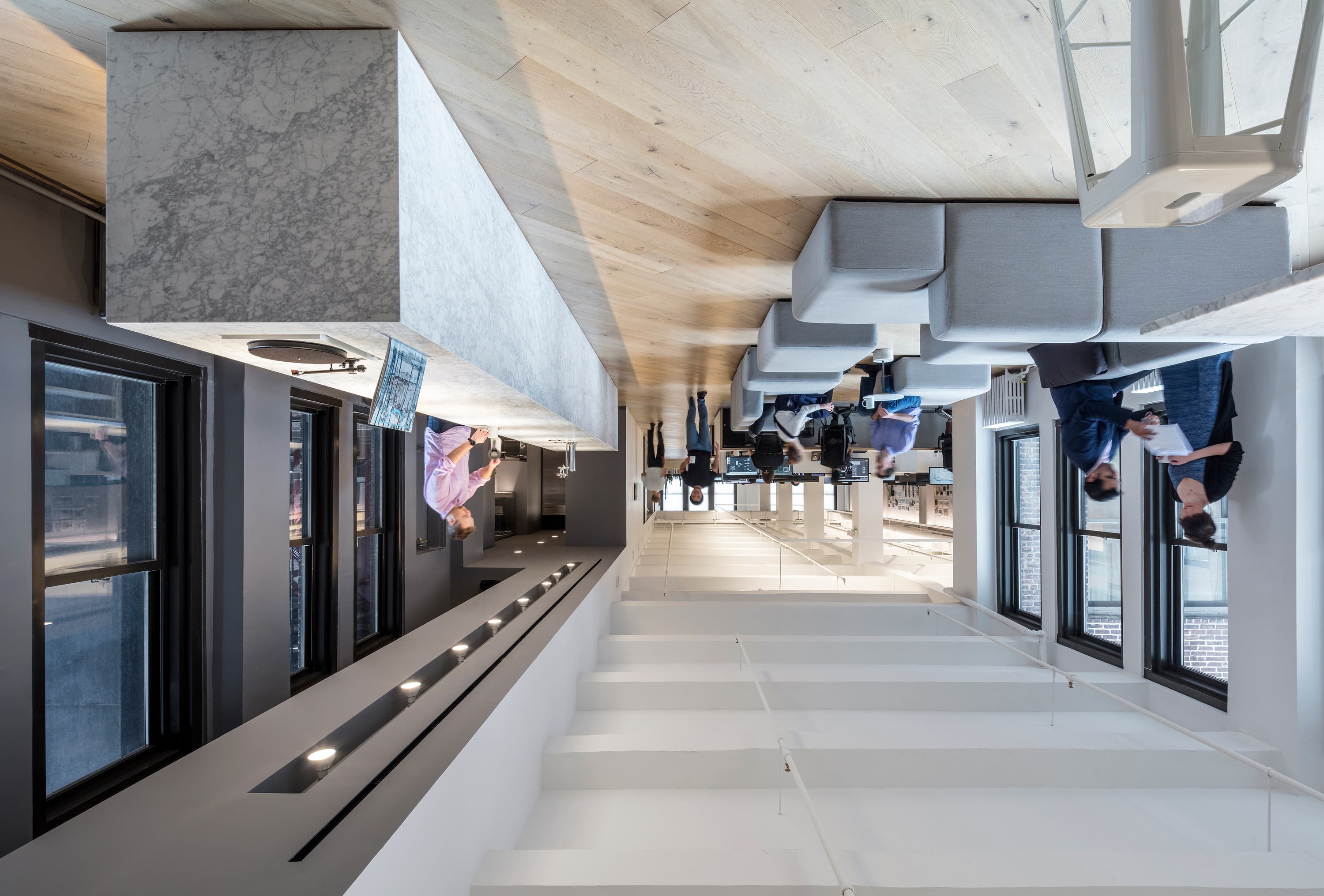We’ve spent the better part of the past six months in conversation—conversations to hear and learn, not to tell, conversations with our clients, conversations with academics, conversations with creatives, conversations with conversationalists. You name it, we’ve conversed with it!
Over that time we’ve seen an evolution of concern from “HOW can we work this way?” to “WILL we ever need to work all together again?” All this set against a growing media narrative around the success of work-from-home. Sure, there are the typical criticisms about Zoom glitches, but with the big tech companies leading the way—Shopify boldly stating the era of “office centricity is over,” (Reuters, MAY 21, 2020), Google won’t require folks to return to the office until July 2021 and even then only 50% of its workforce (WSJ, July 27, 2020). The gist is that the workplace is dead, work from home is king, and the sooner we adjust to this new reality, the better business will be.
The thing is, work from home isn’t exactly new. Examined through the lens of history, in some ways the office as it performed in January 2020 was a residue of a past expectations and working out of the home is a bit of return to form, at least for certain sectors of workers.
We believe something huge is lost in these general assessments of work-from-home success. What these articles and think-pieces subtext is saying is that our offices were so bad, serving the bare bone minimum to ensure worker productivity, that they’re being outperformed by a kitchen table and a power strip. Think about that for a second.
But these appraisals are also short-sighted. Working from home, mid-pandemic, is not working from home post-pandemic and championing our success in this unique environment avoids accounting for any of the real reasons we need an office. Sure, the current workplace as-built doesn’t work when we’re kept apart. The reason to come back to the office is to maximize the benefits of being together, creative, collaborative, and coordinated. Working from home has forced a reevaluation of what is really valuable in the office, and it’s not what most of our office spaces are devoted to. So in considering the future of the office, we need to think about this next generation of collective workspace.
But back to those conversations we’ve been having. In listening to and working with these highly regarded companies as they reflect upon and evaluate what to do with their spaces, we’re seeing a few trends emerge that can point the way toward what a future workplace looks like.
For instance, we’re hearing some companies adopt the strategy of having smaller regional co-working centers centered around residential neighborhoods and transit hubs. We’ve also started to see companies consider creating new “workshops” or “clubhouses” - creative spaces to draw and engage users in collective work in a new way which desks in a row or traditional conference room layouts can’t replicate. And things get really interesting with the idea of “event working,” as in repurposing an existing space to occasionally bring in larger groups of people with appropriate precautions to brainstorm, collaborate, and work around a common deadline/business goal.
All of these potential solutions address our very human desire to get together in the ways that WFH and the traditional office HQ can’t support or is unformatted to handle. Most importantly (and fruitful for the future), these new ways we’re conceiving of working together are built on the productive relationships we’re lacking in WFH, and offer remarkable insight into what we really need from our workspaces. It may be too early to say exactly what the future of workplace looks like. We do know a unilateral “solution” hasn’t worked in the past and is untenable in the future. Being in close conversation with many companies, we also know that we will be back together, it will just feel and function in a totally new and ultimately more supportive, dynamic, and creative way.
When the world is turned upside down, embrace being able to create space for yourself in the clouds.


